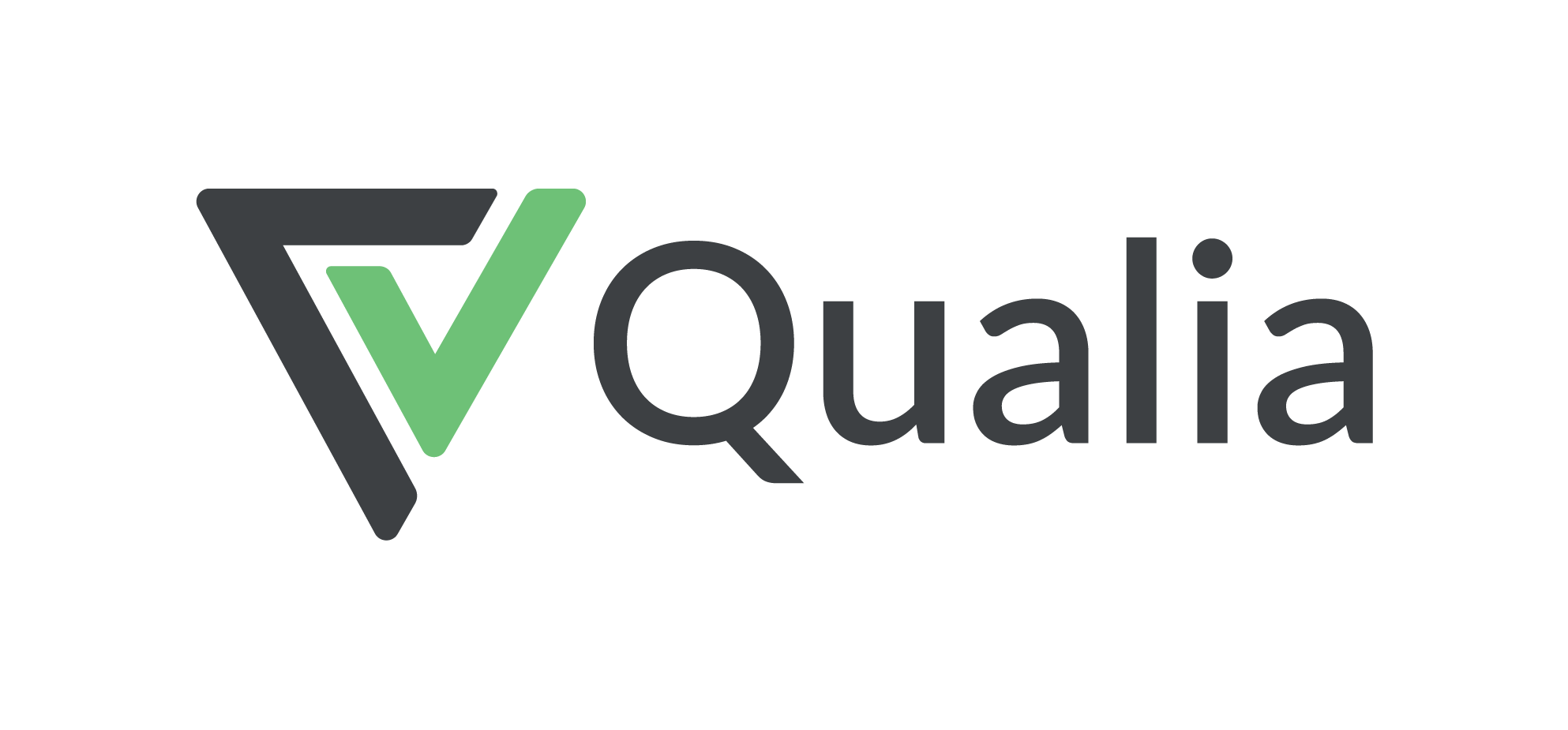This post originally appeared on Qualia
When it comes to borrower experience, point of sale (POS) technology is typically the first thing that comes to mind. And while front-end digital experiences certainly get borrowers in the door, the closing experience will leave the lasting impression.
Now more than ever, borrowers expect greater transparency during the closing process, and lenders and title companies must work in sync to deliver. During a recent October Research webinar, Qualia’s Director of High Growth Accounts, Jamie Kump, joined Marc Canner, Real Estate Attorney at Canner Law & Associates, Robert Hinson, Senior Vice President at Mortgage Servicing Group Bank of America, and Landy Lui, General Manager at Better.com, to discuss the importance of stronger lender-title partnerships.
Improving lender-title touchpoints with technology
Throughout the mortgage closing process, there are many touch points where lenders and title companies exchange information. Liu said that he believes improvements in these touch points will create greater efficiencies and lower costs. “There are many types of technologies creating better partnerships [between lenders and title companies],” Lui said. “These technology solutions enable mortgage teams to have greater visibility into the status of their files and the status of their orders.”
Overall, technology is enabling better touch points across pre-closing, closing, and post-closing. From Canner’s perspective, pre-closing technology has advanced in adoption the most. “In the last few years, the integrations have become more seamless and pre-closing is now mostly digitized,” he said. Meanwhile, closing technology is much slower to advance across both the title and lender sides of the transaction.
Overall, Canner noted that technology adoption is challenging if the technology is not integrated into the core workflow systems on both the lender and title side. “We’re working with multiple lending partners each with different systems and platforms,” he said. “Dealing with [the lenders’] different platforms is a challenge. With one file we work on one platform, while in another file we work on an entirely different platform with different passwords.” He added that a single system that works top of each party’s core workflow software could mitigate inefficiencies. “It would help if [lenders and title companies] could work from the same platform,” he said.
“Dealing with [the lenders’] different platforms is a challenge. On one file we work on one platform, while in another file we work on an entirely different platform.”
Fundamentals for lender-title communication
When it comes to improving lender-title collaboration, basic communication can make all the difference. One of the most common pitfalls in communicating with outside partners is the “illusion that the communication has taken place,” Hinson said. Oftentimes, repetitive processes can lead both parties to assume they know what’s happening. “Read the closing instructions closely,” Hinson urged. “Pull out every point of contact for specific processes. That way, you know exactly who to call for pre-closing, funding, and closing issues.”
He added that one of the most important measures to achieve successful partnerships is to make sure that “you’re speaking the same language.” For example, the word “funding” could mean different things to different people. “Funding might mean dispersing funds or it might mean sending the money for it to be dispersed,” Hinson said. “Clarify terminology upfront so you know you’re talking about the same thing.”
How improved lender-title collaboration leads to better consumer experiences
Enabling better lender-title partnerships isn’t just about creating efficiencies or improving workflows. It’s also about creating an exceptional customer experience. “The main role [of the lender] during closing is to relay information and give clarity to borrowers about the status of their mortgage,” Liu said. “Having a single platform of record will help both the settlement agent and the lender [deliver that transparency].”
Liu stressed that the closing experience is more important than ever. “Millennials care more than ever about their closing experience,” he said, adding that millennials made up nearly half of all residential real estate purchases last year. For his team, the best closing experience is the one that goes largely unnoticed by the consumer. “That typically represents a really clean and streamlined transaction,” he said.
TO HEAR MORE FROM LIU, HINSON, CANNER, AND KUMP, CLICK HERE TO STREAM A RECORDING OF THE WEBINAR.









